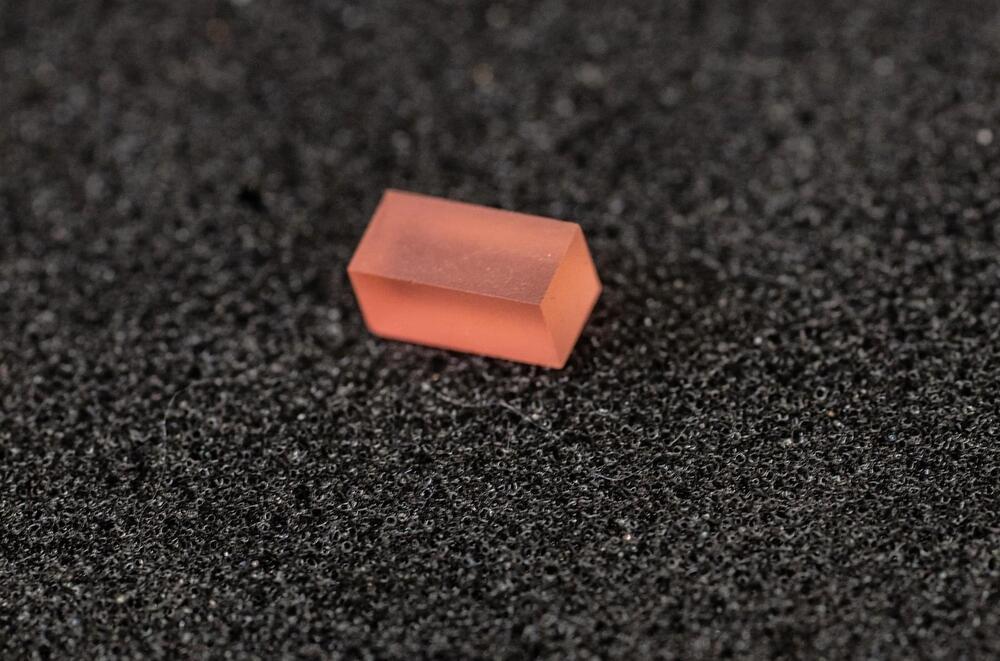Mar 29, 2024
Can Transhumanism Rescue The West From The Threat Of AI?
Posted by Zoltan Istvan in categories: biotech/medical, genetics, geopolitics, robotics/AI, transhumanism
Here’s a new Forbes review by world leading futurist Tracey Follows on the book: Transhuman Citizen:
What does Transhumanism, Ayn Rand and the U.S. Presidential election have in common? They are the connecting themes in a new book by Ben Murnane entitled, “Transhuman Citizen”
The book tells the story of Zoltan Istvan, a one-time U.S. Presidential candidate, who drove a coffin-shaped bus around the U.S. attempting to persuade the public that death is not inevitable and that transhumanism is a political as much as a scientific solution to the troubles of the 21st Century.
Continue reading “Can Transhumanism Rescue The West From The Threat Of AI?” »


















